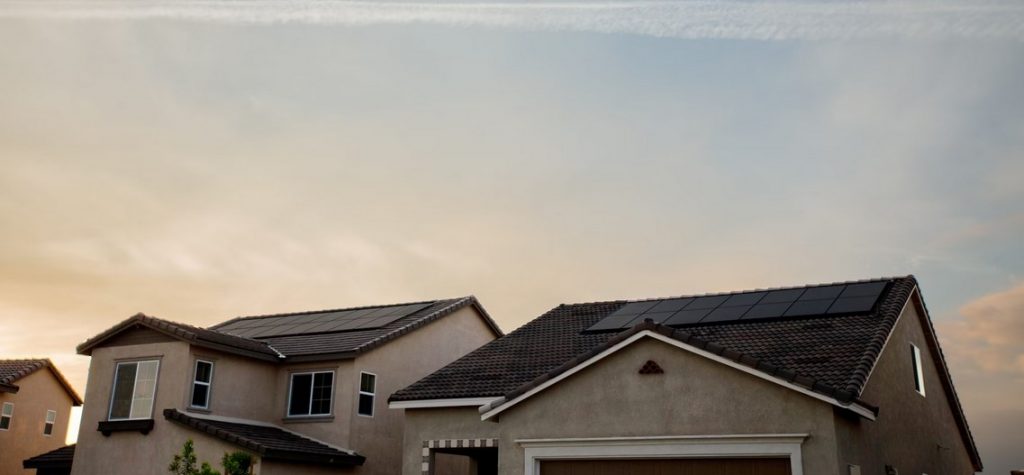Creating an energy-efficient home is not only beneficial for the environment but also for your wallet. By reducing energy consumption, you can lower utility bills and minimize your carbon footprint. Here’s a comprehensive guide on how to create an energy-efficient home through smart design, efficient appliances, and sustainable practices.
Introduction to Energy Efficiency
In an era where environmental sustainability is increasingly crucial, making your home energy-efficient is a proactive step toward reducing your impact on the planet. Energy-efficient homes consume less energy for heating, cooling, lighting, and appliances without sacrificing comfort. This guide explores various strategies and tips to help you transform your home into an energy-saving sanctuary.
1. Effective Insulation and Sealing
One of the primary ways to improve energy efficiency is through proper insulation and sealing. Well-insulated homes maintain a stable indoor temperature, reducing the need for heating and cooling. Insulate attics, walls, floors, and basements to prevent heat loss during winter and keep cool air inside during summer. Additionally, seal gaps around doors, windows, and other openings to minimize air leaks, which can significantly impact energy usage.
2. Energy-Efficient Appliances
Upgrade to energy-efficient appliances certified by ENERGY STAR®. These appliances consume less energy than conventional models without sacrificing performance. Key appliances to consider upgrading include refrigerators, washing machines, dishwashers, and HVAC systems. Look for models with high Energy Efficiency Ratings (EER) or Seasonal Energy Efficiency Ratios (SEER) for air conditioners, and Annual Fuel Utilization Efficiency (AFUE) for furnaces.
3. Smart Thermostats and Lighting
Install programmable or smart thermostats that adjust temperatures based on your schedule and occupancy patterns. These devices optimize heating and cooling, ensuring comfort when you’re home and conserving energy when you’re away. Replace incandescent bulbs with energy-efficient LED or CFL bulbs, which use up to 80% less energy and last significantly longer, reducing replacement frequency and costs.
4. Windows and Sun Shading
Invest in energy-efficient windows with low-emissivity (low-E) coatings and insulated frames to minimize heat transfer. Consider double or triple-pane windows for enhanced insulation. Use curtains, blinds, or shades to control sunlight and heat gain during hot days, reducing the need for air conditioning. Strategic landscaping with trees and shrubs can also provide natural shade and cool your home.
5. Water Conservation
Reduce water consumption by installing low-flow fixtures such as faucets, showerheads, and toilets. These fixtures use less water without compromising performance. Consider capturing rainwater for outdoor use or installing a greywater system to reuse water from sinks, showers, and laundry for irrigation or flushing toilets, further reducing water usage and utility bills.
6. Renewable Energy Sources
Explore renewable energy options such as solar panels or wind turbines to generate clean electricity for your home. Solar photovoltaic systems are increasingly affordable and can significantly reduce your dependence on traditional energy sources. Incentives and tax credits may be available to offset installation costs, making renewable energy more accessible and economically viable.
7. Invest in a Tankless Water Heater
Investing in a tankless water heater is a smart move for creating an energy-efficient home, especially in South Jordan. Unlike traditional water heaters that constantly maintain a reservoir of hot water, tankless models heat water on demand, significantly reducing energy consumption and lowering utility bills. This efficient system not only ensures you have a continuous supply of hot water but also saves space and has a longer lifespan. By upgrading to a tankless water heater, you’re taking a practical step toward a more sustainable and cost-effective home.
In Conclusion
Creating an energy-efficient home involves a combination of smart design choices, appliance upgrades, and sustainable practices. By implementing these strategies, you can lower your energy bills, reduce greenhouse gas emissions, and contribute to a more sustainable future. Whether you’re renovating an existing home or building a new one, prioritizing energy efficiency benefits both your finances and the environment.
